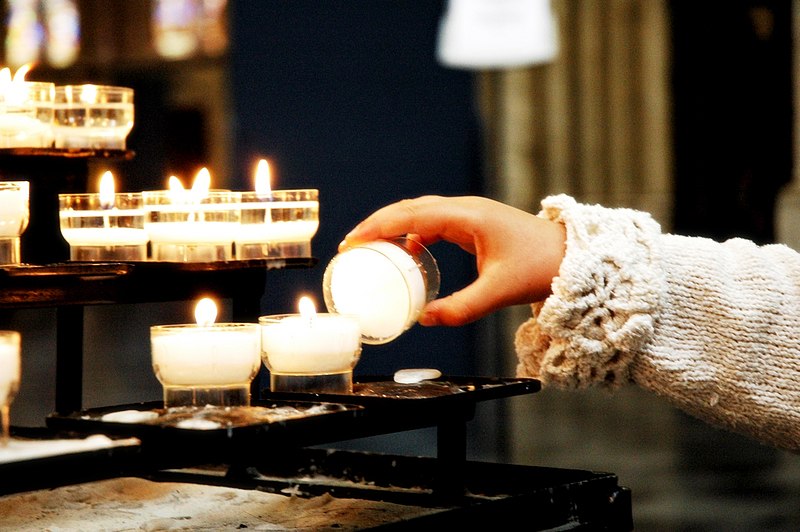I am feeling a little sorry for myself today. Lovely pictures of this weekend's Godly Play
® UK
annual conference keep appearing in my Facebook feed, and I am not there. I would so much have loved to put myself forward as a potential Godly Play Advocate (for which they were doing training today)!
But for various reasons, all related to being a curate (a trainee minister), I was unable to attend.
However, I did have a nice Godly Play
® encounter today and I am trying to tell myself I should focus on that (rather than dwelling on feeling sorry for myself missing the conference and Advocate training).
Today, for the first time, I made a "baptism visit". That is to say, I met with a young family who will have their 8-month-old baptised in our church. They have an older child, a girl who is in "Reception" (similar to American Kindergarden), who has already been baptised. However, as is the case with many families seeking baptism in the Church of England, they do not regularly attend our church. I decided that what I would do at this meeting was to present the Godly Play baptism lesson.
I explained to the mother (the father was at work) that this was aimed at the older daughter, but that it was also for her (the mother) and that at the end of it I would ask her about whether there was a particular hymn she'd like at the baptism. And we sat down on the living room floor.
I didn't feel there was really time to settle down, but
trusted that the lesson itself would gradually settle us. It did, although it took a while. The mother interrupted near the beginning to ask, "Is this how the baptism itself is going to be?" and I explained that no, this was just to lay the groundwork for them. With the baby crawling about, I didn't leave all the symbols on all the circles, but put them down one at a time, and then once I'd used each one I removed it to the coffee table.
 |
| it never looked like this today |
But by the time I got the doll out, we were still and focussed. Mum had corralled the baby into her lap when I lit the Christ candle, and the older sister had settled into the mode of watching a presentation or hearing a story.
I asked what we should name the baby and looked at them, and the girl suggested, "Rosie". She looked ever so pleased when I said (straight from the script), "Rosie. That's a good name." And I showed how I would baptise the baby, and lit tea lights for each of us, and then we changed the light and spent a long time watching the smoke (the invisible light of Christ!) rising into the air.
What have I taken away from this? And what have they? In addition to the little lesson or reminder about our Trinitarian God, I believe I gave the sister a framework from which to follow the baby's baptism service, and I think the gentle demonstration prepared both Mum and sister to expect something reverent. And it's made me realise how much I want to try to carve out the time at the font (the baptism and then an anointing with oil) as a reverent time within any baptism service. I don't feel that's something I've done as well (or as consciously) as I'd like at baptisms I've done previously.


 I had a blood test a week or so ago, and have a colorful bruise as a result. Then I walked too close past a neighbor's shrub and got two parallel scratches across my lower arm. But they are fading, and the lower one would already be very difficult to see without the first one. Soon there will be no trace of either scratch, nor of the bruise.
I had a blood test a week or so ago, and have a colorful bruise as a result. Then I walked too close past a neighbor's shrub and got two parallel scratches across my lower arm. But they are fading, and the lower one would already be very difficult to see without the first one. Soon there will be no trace of either scratch, nor of the bruise.



